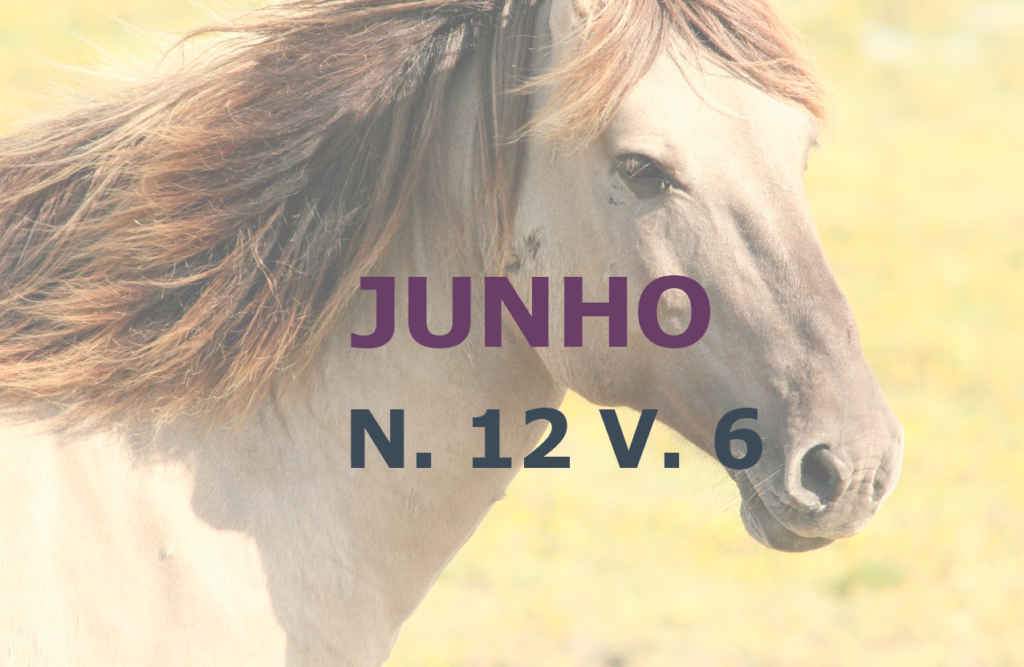Characteristics of carcass and quality of goat meat of different genotypes
DOI:
https://doi.org/10.22256/pubvet.v12n6a111.1-12Keywords:
coloration, tissue composition, shear forceAbstract
The production systems of goats are very diversified in Brazil. Animals produced in feedlot systems tend to be located on highly prized land with high potential for agriculture. On the other hand, animals produced under extensive systems are usually located in marginal areas, with poor conditions for agriculture. In this context, caprine production plays a significant socioeconomic role, contributing to the biodiversity of the Caatinga biome, which covers 60% of the Northeast region. The influence of the genotype on the components of live weight and carcass depends on the difference in maturity between the breeds. According to breed aptitude, different values can be found for the carcass composition and the influence of some components of live weight decreases as the breed specializes for meat production. The objective of this review is to explain the main carcass characteristics and qualitative attributes of goat meat.
Downloads
Published
Issue
Section
License
Copyright (c) 2018 Joyanne Mirelle de Sousa Ferreira, Glayciane Costa Gois, Rosa Maria dos Santos Pessoa, Anderson Antônio Ferreira da Silva, Cristina Aparecida Barbosa de Lima, Fleming Sena Campos, Saullo Laet Almeida Vicente, Alex Gomes da Silva Matias, George Henrique Melo de Sá Marquim Ferraz Nogueira, Regiane Nascimento Santos

This work is licensed under a Creative Commons Attribution 4.0 International License.
Você tem o direito de:
Compartilhar — copiar e redistribuir o material em qualquer suporte ou formato
Adaptar — remixar, transformar, e criar a partir do material para qualquer fim, mesmo que comercial.
O licenciante não pode revogar estes direitos desde que você respeite os termos da licença. De acordo com os termos seguintes:
Atribuição
— Você deve dar o crédito apropriado, prover um link para a licença e indicar se mudanças foram feitas. Você deve fazê-lo em qualquer circunstância razoável, mas de nenhuma maneira que sugira que o licenciante apoia você ou o seu uso. Sem restrições adicionais
— Você não pode aplicar termos jurídicos ou medidas de caráter tecnológico que restrinjam legalmente outros de fazerem algo que a licença permita.





